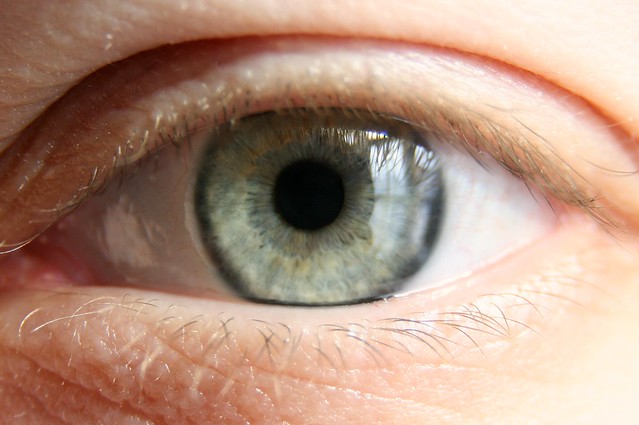
Image via flickr
Do you have small, white, bumps on your cheeks, neck, nose, or under your eye area? If you notice that you get or consistently have small white bumps on your face that aren’t acne spots, you may have milia. Milia is a common, non-painful, skin condition that affects thousands of people around the globe. If you’re interested in learning more about these mysterious white lumps, and more importantly, how to get rid of milia, keep reading below.
What Is Milia?
Milia are small lumps that sprinkle the nose, cheek, and under eye areas of the face. This is a skin condition that affects both genders of all ages, however, it is most common to see milia in newborn infants. It’s important to note that milia is not acne.
Milia is a formation of keratin-filled cysts. It is still widely debated what causes milia in some people but not others. The most common speculation is that milia are associated with damage that may have happened on or under to the skin. The damage that may cause milia is closely linked to blistering skin, burns, long-term sun exposure, and severe rashes that are caused by things like poison ivy.
Causes
Milia can form for several reasons and it’s still in much debate. For newborn babies, it is unknown why some infants are born with milia and some without. The widely accepted theory is that this is baby acne that has been passed down through the mother's hormones.
For children and adults, milia can still affect you; in fact, milia can form because of aging. It is not uncommon to see milia on people who have had skin resurfacing procedures or who have a regular history of using steroid creams. People with the skin conditions epidermolysis bullosa, cicatricial pemphigoid, and porphyria cutanea tarda may also notice the frequent presence of milia.
Symptoms
To safely determine how to get rid of milia, you’ll want to ensure you truly have milia, to begin with. You can spot milia by the small, hard, and white, lump. It is not uncommon for some milia to be yellowish.
Milia rarely hurt or cause any serious discomfort. They also don’t grow or change much in size. However, it is not unheard of for some milia to be irritated by a variety of manmade and natural products.
Who Is At Risk?

Image via flickr
If you want to know how to get rid of milia, know they aren’t picky, they’ll affect just about anyone of any age, race, size, or skin type. However, it’s imperative to note that milia affect infants far more than any other age range. A close second may be the elderly, but that’s still widely debated. When the skin loses its ability to naturally exfoliate (rid itself of dead skin cells) you’ll see milia crop up increasingly. The number one cause for your skin losing the ability to exfoliate properly is old age.
How To Get Rid Of Milia - 10 Home Remedies
While there are products on the market designed to get rid of milia, there are much easier, affordable, and safe ways to learn how to get rid of milia on your own. Below we’ve compiled a list of the best at-home remedies to get rid of milia yourself. You should have most of these ingredients at home already, but if you don’t, no need to worry. These ingredients won’t cost you an arm and a leg.
1. Facial Sauna
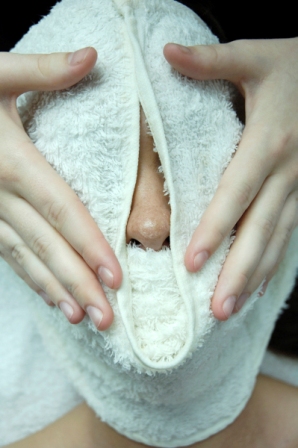
Image via flickr
If you want to know how to get rid of milia, you have to know about the facial sauna remedy. The facial sauna is a relaxing and inexpensive way to open your pores and encourage the milia to fade away. This method also helps to remove any harmful debris and even helps to eliminate dead skin cells.
There are two different ways in which you can perform this method. The first way to perform the facial sauna method is by soaking a soft towel or cloth in hot water, wringing out the excess, and laying it across the affected area. The second way is to steam your face by hovering over the hot water and allowing the steam to open your pores.
2. Honey
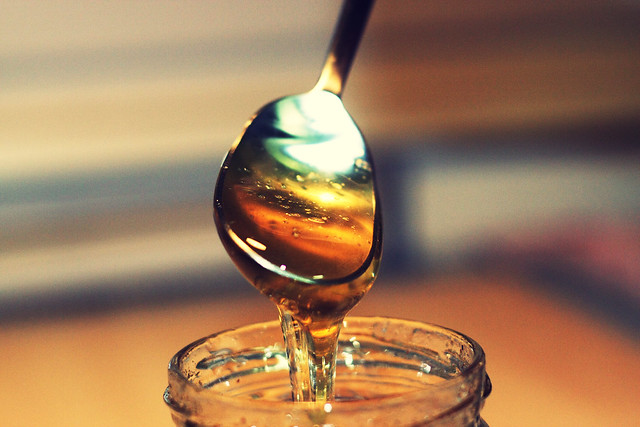
Image via flickr
Honey is a best-kept beauty remedy that can be used for so many purposes. For milia, honey helps to detoxify and moisturize the skin. To use this method, we recommend using raw, organic, honey and spreading it across the affected area for fifteen to twenty minutes at a time. You can repeat this process up to five times a week or more until you start to see improvement.
3. Sandalwood And Rosewater
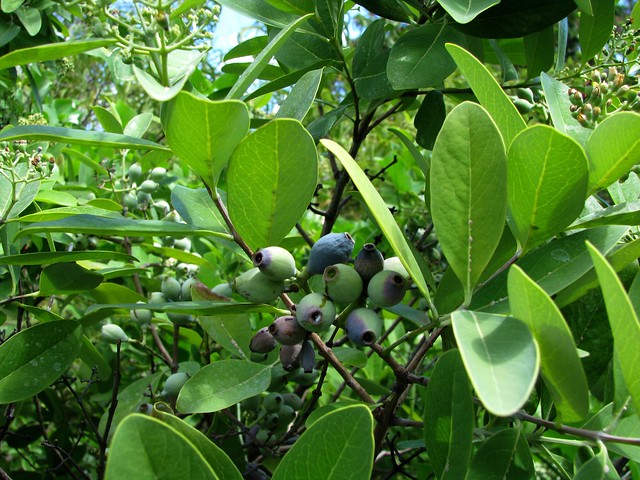
Image via flickr
Sandalwood and rose water is a method often used as a toner in most people's beauty routines. That’s because sandalwood and rose water fight oil and help encourage newer, healthier, skin growth. To use this method mix two equal parts of sandalwood and rosewater together until you’ve created a paste. Apply this paste for fifteen minutes before washing off with cool water. In addition to its medicinal properties, sandalwood and rosewater smell great, too.
4. Pomegranate Peel Powder
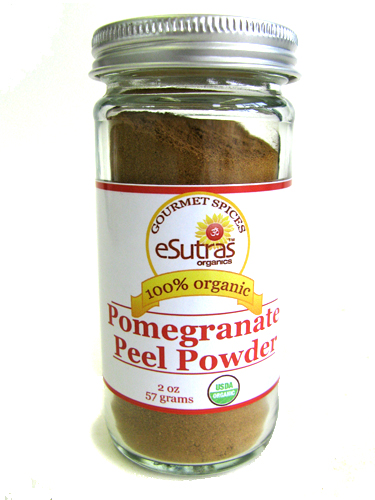
Image via flickr
Have you ever heard of roasted pomegranate peel powder? This ingredient is perfect for fighting milia because of its rich vitamin C content. Not only that, this method is great for detoxifying and soothing the skin.
Start by roasting a pomegranate peel in the oven until it is brittle enough to crush into a powder. Once in powder form, add a splash of lemon juice and mix to create a paste. Apply the paste and leave on the affected area for fifteen minutes before rinsing with cold water.
5. Castor Oil
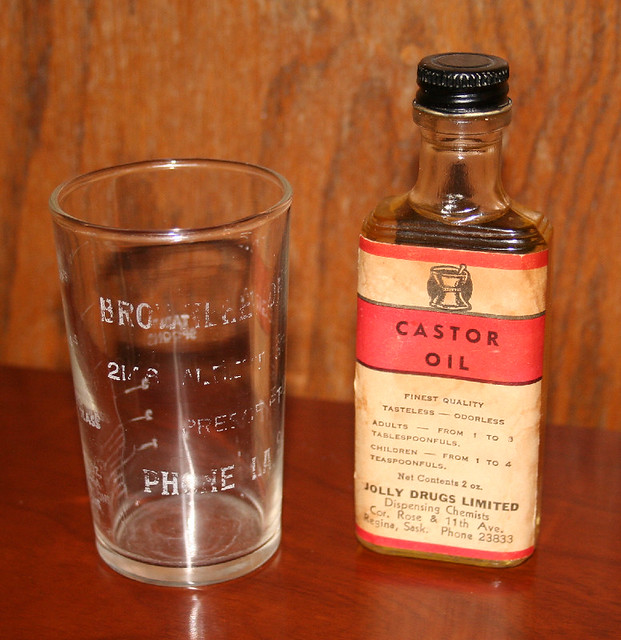
Image via flickr
You may have heard of using castor oil to help your eyelashes grow, but did you know it also helps to get rid of milia? Castor oil is antibacterial and works to keep the oil on your face level. To use this method, apply castor oil to the affected area and let it sink into the skin. No need to rinse this off, it can sit on the skin until it’s fully absorbed
6. Sugar Scrub
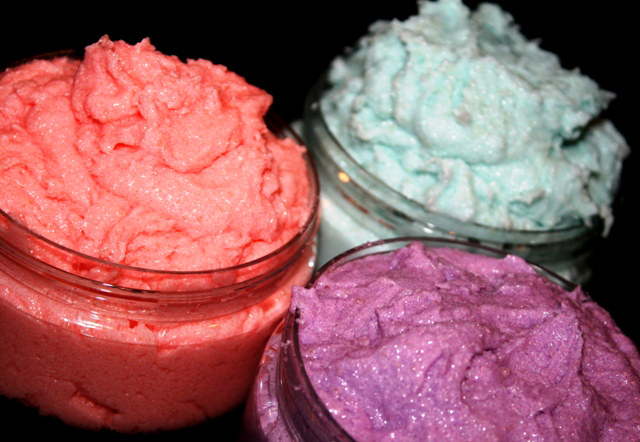
Image via flickr
Sugar scrubs are such a popular DIY beauty option because of how easy and affordable it is. To make a sugar scrub for exfoliation of your skin and to encourage new skin growth, start by mixing lemon juice, sugar, and olive oil together. Gently scrub your face and leave the mixture on for roughly fifteen minutes. Rinse with cold water.
7. Cornstarch And Vinegar
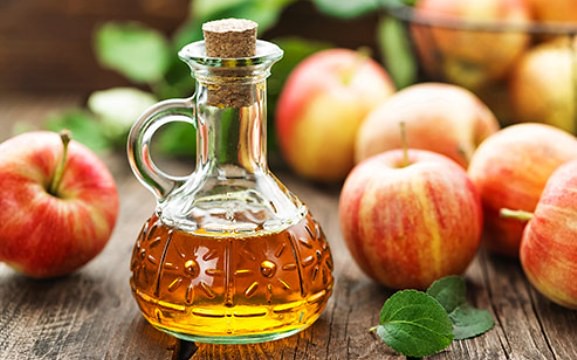
Image via flickr
Apple cider vinegar is one of the best products to heal skin ailments. The reason apple cider vinegar works so well is it helps balance the natural pH levels of your skin. Cornstarch also helps to absorb excess oil.
To use method seven, add cornstarch and apple cider vinegar together until you’ve made a paste. Apply the paste to your milia and leave it for twenty minutes to a half of an hour. Soak a cloth in warm water to remove the paste after the time is up.
8. Tea Tree Oil
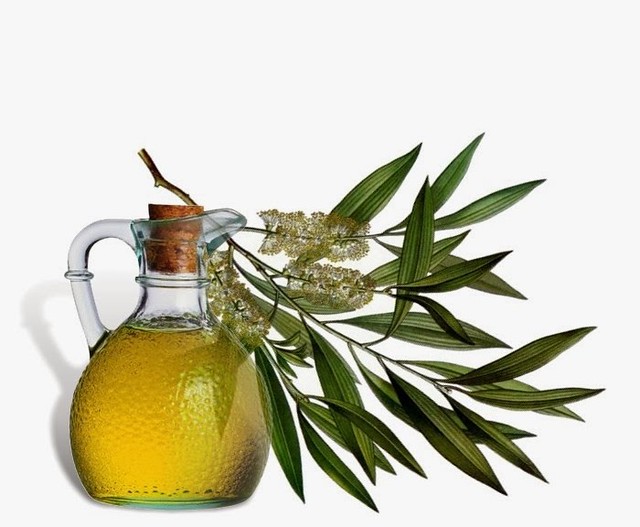
Image via flickr
Tea tree oil is another godsend of the beauty world. Tea tree oil is so potent because of its antifungal and anti-inflammatory properties. To use this method, drop a few drops onto a cotton pad and softly swab the area. Rinse the area in the morning with cold water.
9. Aloe Vera
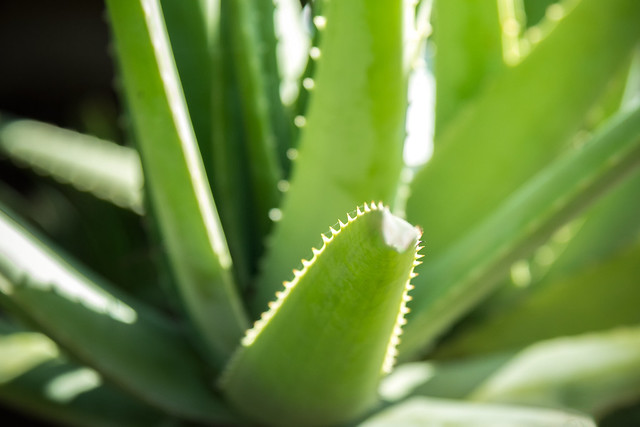
Image via flickr
If you want to know how to get rid of milia, the answer may just be sitting in your backyard. Aloe vera is a naturally occurring plant that contains healing, anti-inflammatory gel inside the leaves. Break open a leaf and massage the affected area with the gel. Leave this on overnight and wash with cool water in the morning. The best part about this method is it’s gentle enough to be performed every day, twice a day.
10. Fenugreek Leaves
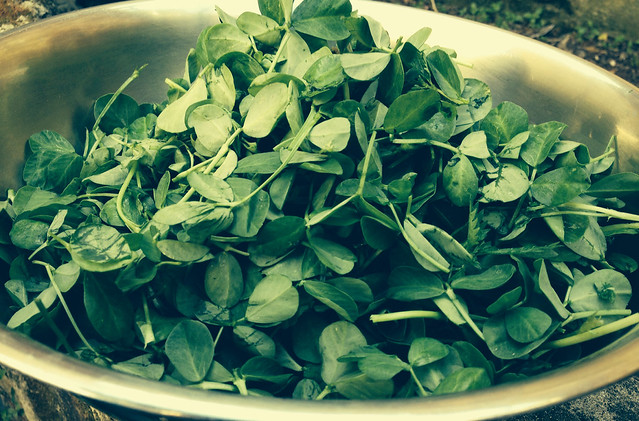
Image via flickr
The fenugreek leaf is a natural property that is used most commonly in Ayurveda (a historical practice of medicine and healing performed by the Indian culture). Fenugreek leaves are known for their anti-inflammatory elements and antioxidant properties. The fenugreek leaf also makes a great, natural, antiseptic.
If you want to learn how to get rid of milia, this method may just be the trick. Start by grinding up fresh fenugreek leaves and add a splash of water until you get a paste-like consistency. Apply this paste to your face for ten to fifteen minutes at a time and then rinse with cold water.
Conclusion
Aside from the remedies above, you can also work to prevent milia with diligent day-to-day care. Try to avoid getting sunburnt and stop using any harsh chemicals on your face. Start your day by eating right and drinking plenty of fluid to keep your body healthy, happy, and milia free!
Leave a Reply